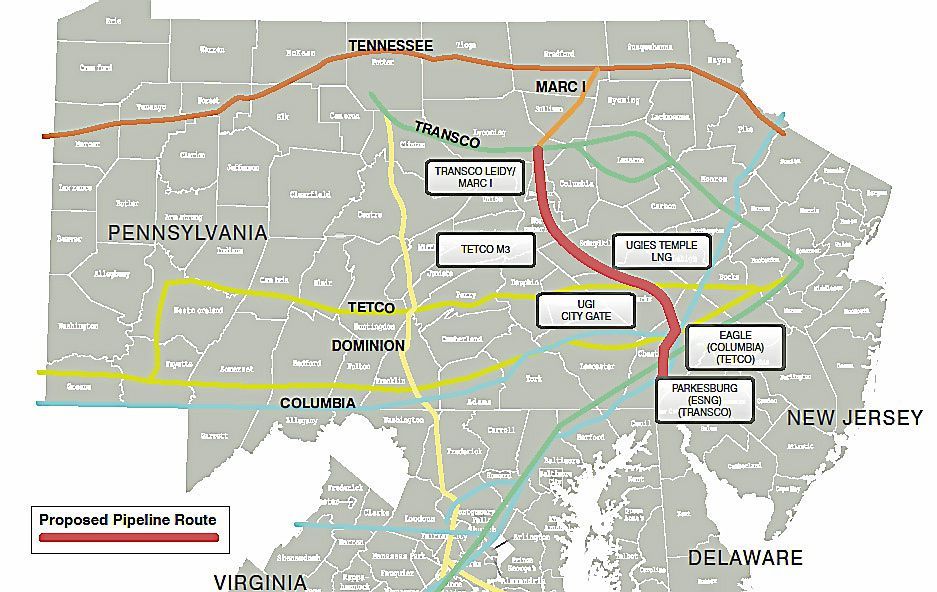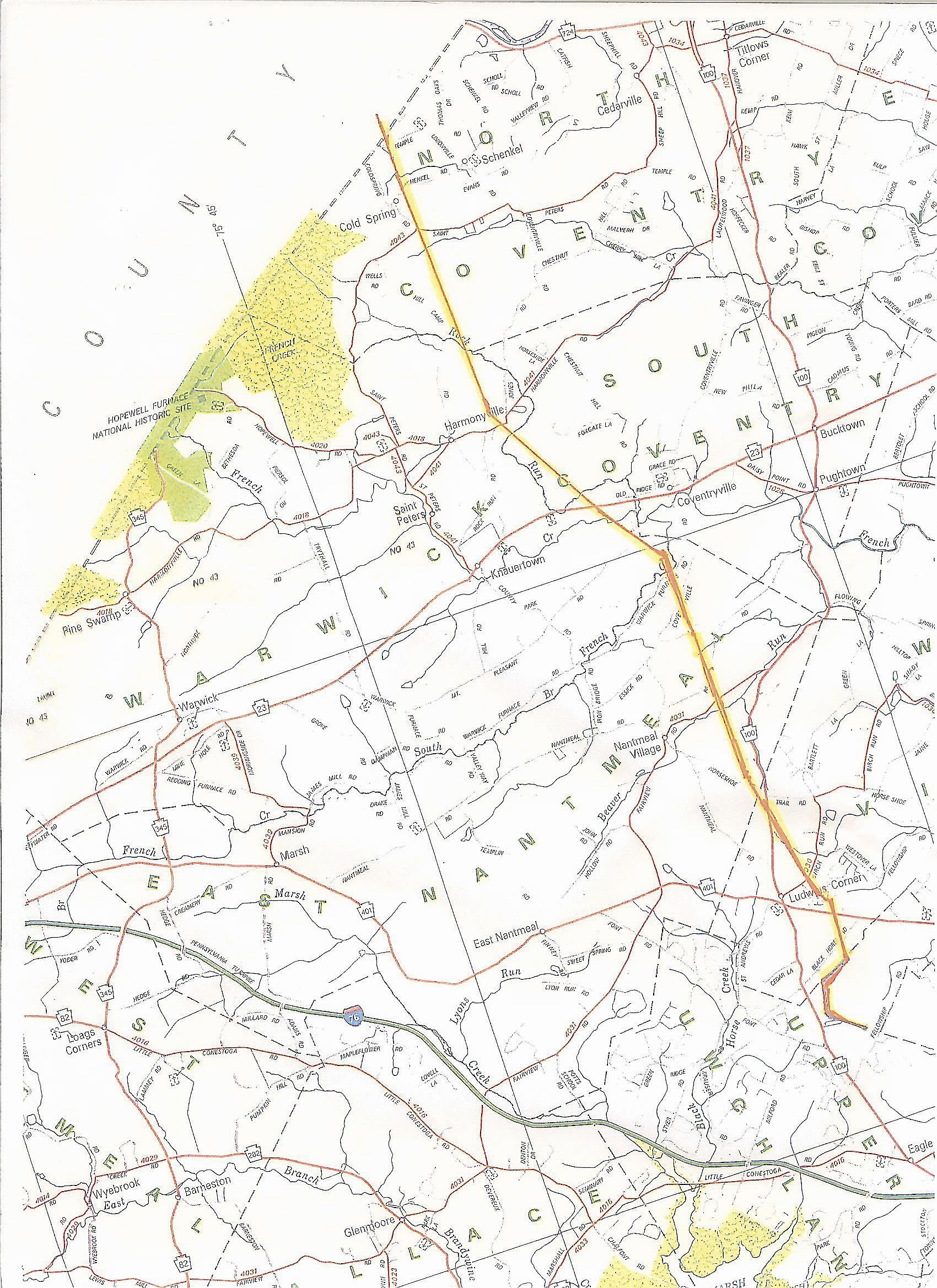Winter Travel Tips
 |
| Photo by MetroCreativeConnection |
- If motorists encounter snow or ice-covered roadways, they should slow down, increase their following distance and avoid distractions. Last winter, there were 176 crashes resulting in five fatalities and 113 injuries on snowy, slushy or ice-covered roadways where aggressive-driving behaviors such as speeding or making careless lane changes were factors in the crash.
- During heavier storms, motorists may find deeper accumulations on less-traveled routes and should adjust their driving for those conditions.
- Motorists should carry an emergency kit including items such as non-perishable food, water, first-aid supplies, warm clothes, a blanket and small snow shovel. However, motorists should tailor their kits to any specific need they or their families may have. Consider adding such items as baby supplies, extra medication, pet supplies, or even children's games.
For more information on PennDOT's winter preparations and additional winter-driving resources for motorists, visit the department's "Ready for Winter" website at www.dot.state.pa.us/winter.
It is important to know how to drive when weather conditions are dangerous. It is also wise to outfit a vehicle to reduce its risk of slipping and sliding on icy, snowy roads. Here are some tips to follow:
- Limit time spent driving in the snow. Avoid driving during snowstorms or directly after whenever possible. Snow not only makes roads slick, but falling flakes can impair a driver’s visibility and reduce his or her response time. Try to wait until snow-clearing teams have salted, plowed and sanded roads before venturing out.
- Be sure you can see clearly. Clear off the snow from the windshield, side mirrors and windows so it does not compromise your view. Also, top off the windshield fluid so you will be able to clear snow and salt kick-up from your windshield. Look for a washer fluid that has an antifreeze component, otherwise, your washer jets and wiper blades could be rendered useless.
- Drive slowly. Reduce your speed when driving in inclement weather. It can be more difficult to stop or maneuver around a potential obstacle when conditions are less than ideal. Traveling at a high speed will increase the risk of accidents.
- Leave enough room between you and other motorists. Tailgating is responsible for many accidents, even when there is no snow on the ground. In inclement weather, it can take longer to slow or stop the car after pressing on the brakes. Having an additional space between your car and the one in front of you helps you avoid a collision.
- Be aware of black ice. Black ice gets its name from its veritable invisibility. It is so thin and hard to spot, it just looks like the black asphalt of the road. Black ice tends to form in areas that have had snow or ice melt, which then refreezes at night when temperatures drop. Be extra cautious on turns and on highway exit and entrance ramps, where black ice frequently forms.
- Steer your car into the skid. Remain calm and do not panic and jam on the brakes if your car starts to skid. Slamming on the brakes will only exacerbate the skid. Rather, take your foot off the accelerator, allowing the car to naturally slow down as you turn your wheels into the direction the car is skidding. This should help right the car and get you back on track.
- Invest in snow tires. Those who live in especially snowy climates and do a lot of driving would be wise to purchase snow tires. Snow tires, also called winter tires, have special tread patterns that offer better traction in snow and ice. They also are made from softer rubber compounds than regular tires that retain their flexibility in cold weather, allowing the tire to conform to the surface of the road. Although many vehicles come with technology to prevent accidents, they cannot do their jobs if tires are not maintaining their grip on the road. All-season tires are not a replacement for snow tires. All-season tires are designed to work in all sorts of conditions, from rainy weather to dry roads. Therefore, it is better to invest in a set of snow tires that will offer you better protection. When putting snow tires on a car or truck, be sure to do so on all the wheels, not just the driving wheels. Otherwise you may still risk spin outs or uneven gripping of the road.
Labels: winter driving, winter travel
 RSS
RSS




